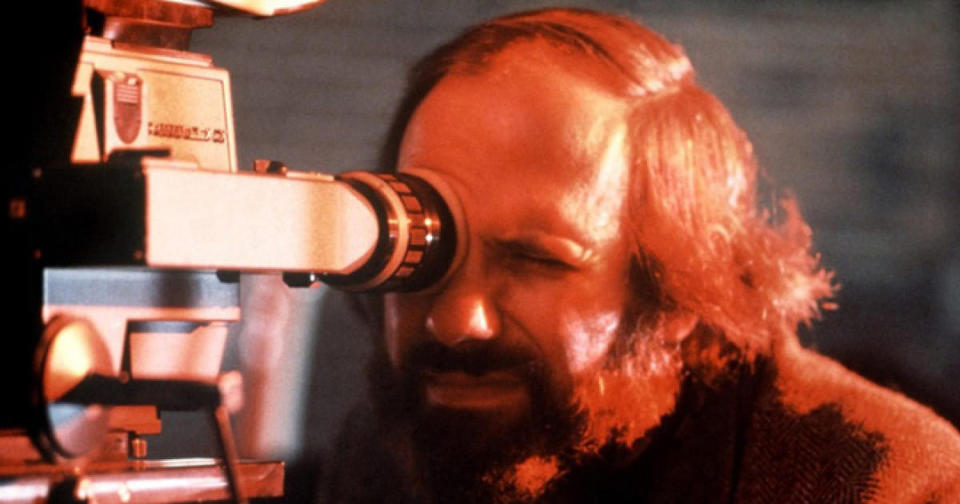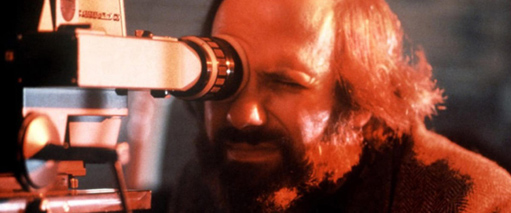Film Review: De Palma
No Nonsense Documentary Lets Film Industry Icon Analyze His Own Art To A Fault


the myth
Latest Article|September 3, 2020|Free
::Making Grown Men Cry Since 1992


the myth